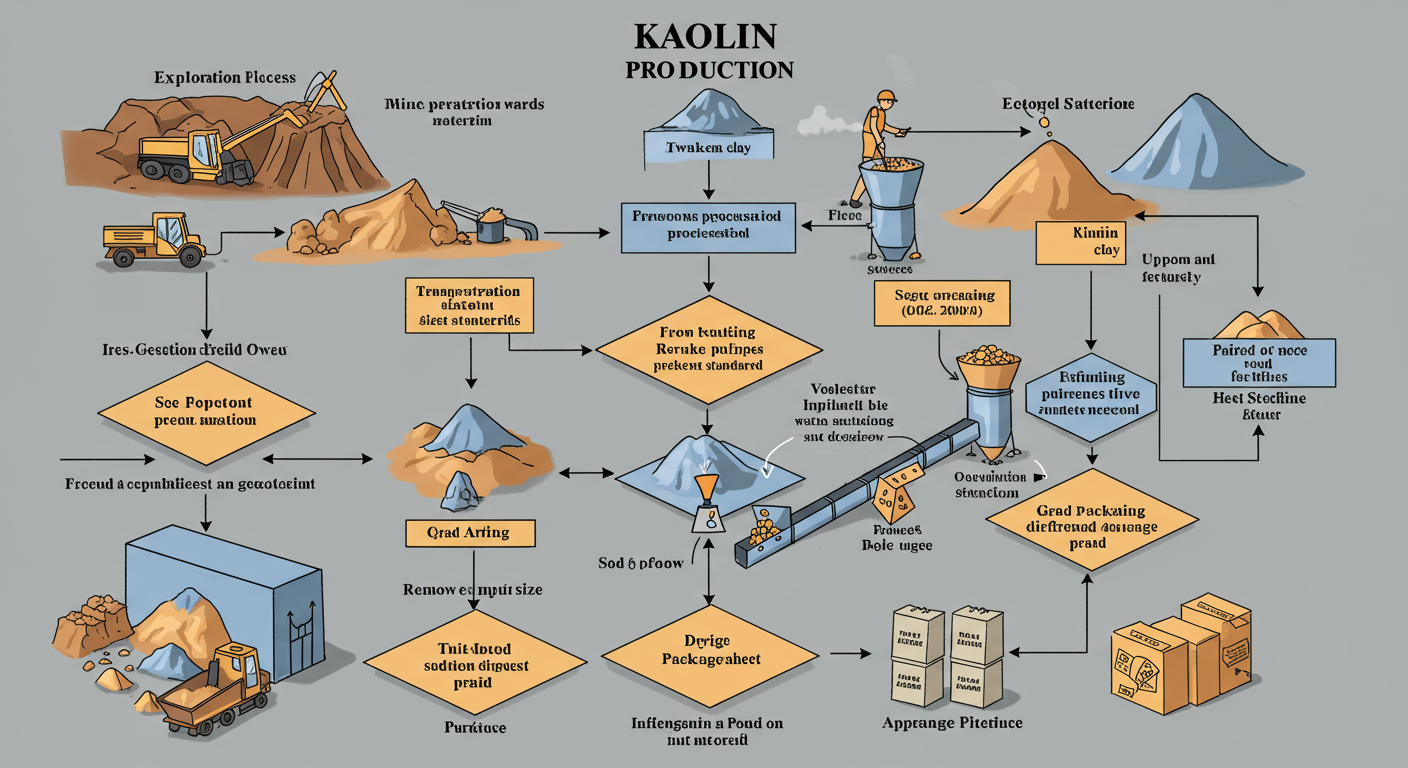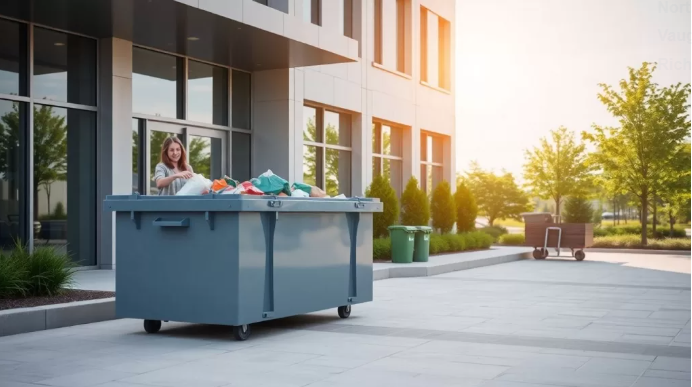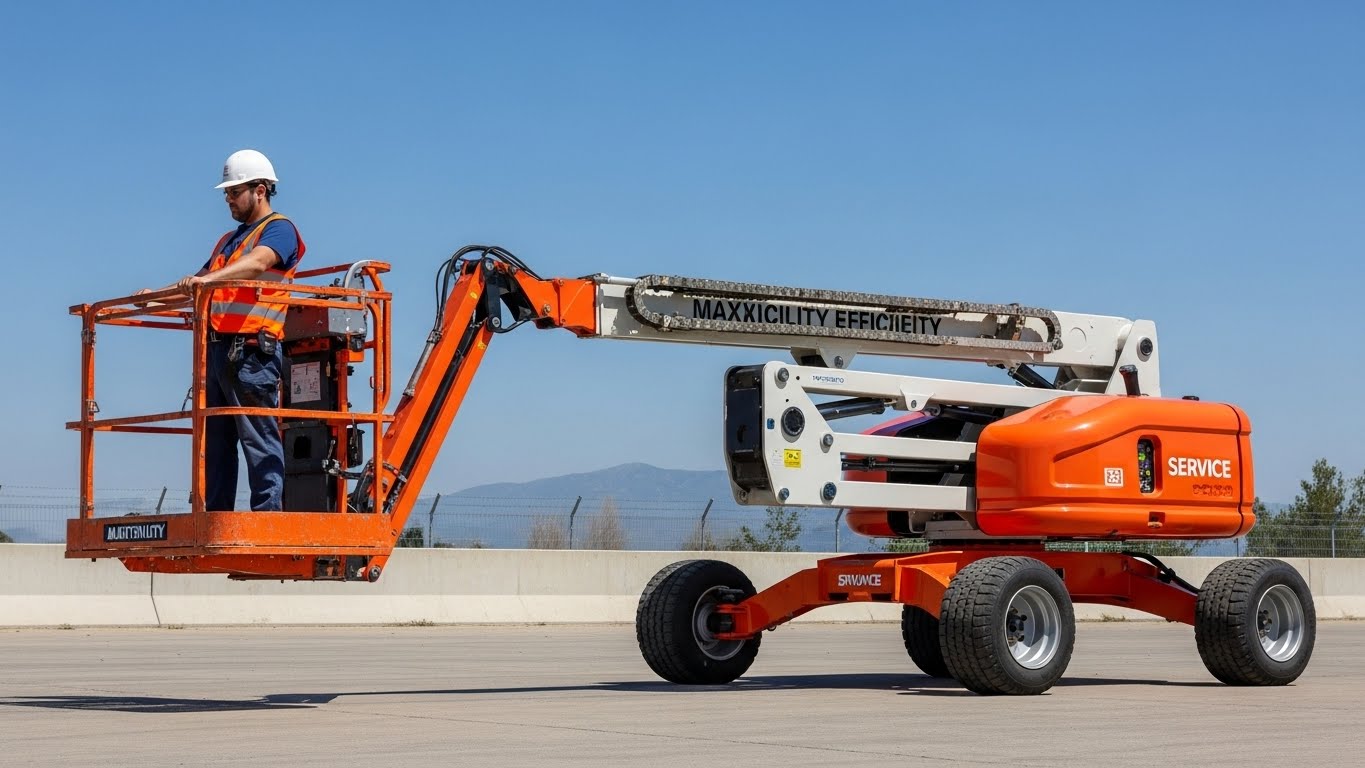Clay mineral processing has emerged as a cornerstone in modern manufacturing industries. The growing demand for high-grade minerals challenges traditional extraction methods. Global industries require superior-grade clay materials for diverse applications.
Manufacturers frequently encounter obstacles in achieving consistent mineral quality standards. Understanding the kaolin composition and the kaolin production process poses significant challenges. The challenges include controlling particle size distribution and eliminating impurities. Processing clay materials demands precise technical expertise and advanced equipment.
Modern processing techniques have transformed mineral refinement practices significantly. Advanced technologies ensure superior product quality and processing efficiency. This blog will explore the comprehensive journey of kaolin manufacturing, from extraction to final refinement, examining each critical processing stage and quality control measure.
Sources of Kaolin
Primary kaolin deposits originate from the decomposition of granite and feldspathic rocks. Rich in kaolinite minerals, these high-grade deposits support numerous industrial applications requiring superior mineral purity, often enhanced through calcination of kaolin.
- Weathering processes break down feldspar minerals into concentrated kaolin clay deposits.
- Sedimentary basins contain secondary deposits formed through natural transportation mechanisms.
- Ancient volcanic activity contributes to unique kaolin formations in specific regions.
The world’s largest kaolin reserves exist in Georgia’s extensive sedimentary basin deposits. Brazil houses significant deposits in the Amazon region, stretching across vast areas. Europe maintains active mining operations in Cornwall, England, and various German locations.
Raw Material Processing
Raw material processing forms the foundation of high-quality kaolin clay production. The transformation from crude clay to refined product requires multiple sophisticated treatment stages. Here are the essential steps involved in the kaolin production process.
Initial Treatment
Raw kaolin undergoes preliminary screening to remove large rocks and debris.
- Advanced vibrating screens separate materials based on specific particle size requirements
- Automated crushing units reduce larger clay chunks to manageable dimensions.
Refining Process
The china clay processing plant applies specialized techniques for mineral separation.
- High-pressure water jets transform solid clay into a workable slurry
- Magnetic separators extract iron-bearing minerals from the processed material
- Flotation cells systematically remove unwanted minerals and organic matter
- Hydrocyclones classify particles based on their size and density distribution
Purification
Multi-stage filtration systems ensure the highest level of product purity.
- Centrifuges concentrate the refined clay through controlled mechanical separation processes.
- Filter presses remove excess water to achieve optimal moisture content
- Advanced chemical treatments eliminate remaining trace impurities
- Quality control checkpoints verify product consistency throughout the process
Final Processing Steps
The final processing stage transforms refined kaolin into market-ready products for diverse applications. These critical steps determine the ultimate quality and specifications of the processed clay. Here are the essential final processing operations that complete the kaolin production process.
Dewatering
Mechanical dewatering equipment removes excess moisture from the processed kaolin slurry. The controlled moisture reduction process maintains product quality throughout the operation.
- Filter presses apply high pressure to extract water from concentrated clay slurry.
- Advanced vacuum filters optimize the solid content for further processing stages.
- Thermal drying systems carefully reduce moisture to precise specifications
Product Finishing
Specialized equipment processes dewatered kaolin into various commercial product forms. Surface treatment applications enhance specific properties based on customer requirements.
- Industrial pulverizers create precisely sized particles for different market applications.
- Automated packaging systems ensure consistent product weight and contamination prevention.
- Surface modification treatments improve product performance for specialized industrial uses.
Testing Methods
Quality control laboratories conduct comprehensive tests throughout the finishing process.
- X-ray diffraction analysis determines the final mineral composition and purity.
- Particle size analyzers verify product specifications meet customer requirements.
- Color measurement instruments ensure consistency across production batches
- Rheological testing confirms proper flow characteristics for liquid applications
- Surface area measurements validate processing effectiveness and product quality
- Advanced microscopy examines particle morphology and structural characteristics
The kaolin mining process requires strict adherence to established quality control procedures. Automated monitoring systems track critical parameters throughout the entire finishing sequence. Each batch undergoes thorough testing before receiving approval for packaging.
Each final processing step undergoes rigorous quality control to meet industry standards. Continuous monitoring ensures the finished kaolin products fulfill specific customer requirements.
Conclusion
The kaolin manufacturing process combines advanced technology with precise quality control measures. Modern processing methods ensure consistent product quality for diverse industrial applications.
- Efficient extraction and processing techniques maximize the value of natural deposits.
- Advanced purification methods deliver high-quality products that meet industry specifications.
- Comprehensive quality control systems maintain product consistency throughout the process.
The continued evolution of processing technology enhances kaolin production capabilities worldwide. Understanding these manufacturing processes helps stakeholders make informed decisions about kaolin applications. This knowledge supports the development of innovative solutions in various industrial sectors.
The Sharad Group, with over 60 years of mining expertise, is one of the leading china clay manufacturers in India. Our devotion to quality and sophisticated processing capability helps them to be a reliable source of premium kaolin goods.
Frequently Asked Questions
Q: How is kaolin extracted?
A: Kaolin is primarily extracted through open-pit mining operations, using excavators to remove overburden. High-pressure water jets break down deposits, followed by crushing and screening for initial processing.
Q: What is the main purpose of kaolin?
A: Kaolin is important in paint manufacture, ceramics production, and paper coating. Its inert qualities, whiteness, and small particle size make it valuable for pharmaceuticals and cosmetics.
Q: What is the method of mining kaolin?
A: Kaolin mining employs surface mining techniques, primarily open-pit extraction. After geological surveys and sampling, controlled excavation removes overburden layers to access high-quality deposits beneath.
Q: What is the ore of kaolin?
A: Mostly granite, kaolin ore developed from worn feldspar-rich rocks. Developed by natural weathering processes of aluminum silicate minerals, the primary mineral is kaolinite (Al₂Si₂O₅(OH)₄).











